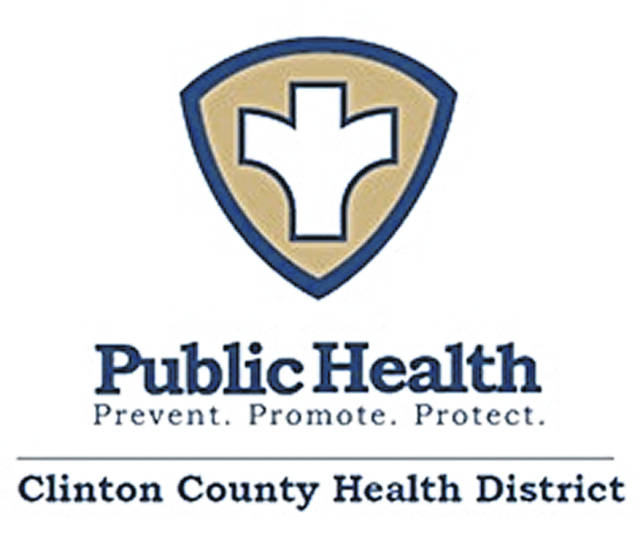
It’s spring. The birds are singing, the grass is growing and the flowers are blooming.
And … the pollen is flying.
If you suffer from seasonal allergies, spring may not be your favorite time of year. The sneezing, scratchy throat, headache, itching and watery eyes can be more than annoying.
Histamine is most likely the reason for your discomfort. While most of us associate histamine with seasonal allergies, your environment may not be the only reason for your symptoms.
Many factors can lead to too much histamine in your system. While your body gets all the histamine it needs from its own cells, some foods are naturally high in histamines.
Histamines are chemicals made by your immune system which are released to protect you if injured or if you experience an allergic or inflammatory reaction. It causes an immediate response to help fight off what your body sees as an invader.
Histamines can cause discomfort by affecting your gut, lungs, skin, brain and cardiovascular system. Your body makes enzymes that can break down the histamine so it doesn’t build up, but a problem occurs when you can’t break it down properly.
While anti-histamines can provide some relief, your food choices might also make a difference. The histamine in food doesn’t cause but can contribute to too much histamine and an increase in symptoms.
Some of us may have what is known as histamine intolerance which is an allergy-like response when we eat certain foods.
Histamine levels in food are hard to determine. Even in the same food product, the levels can vary based on additives, storage time and other factors.
Generally, fermented foods such as aged cheese, sauerkraut and sour cream have the most histamine. Fresh foods tend to have the lowest levels.
If you do an online search for high histamine foods, you’ll probably wonder what you can eat. Each food affects each person differently and you are probably not going to experience a histamine response from every food on the list.
One way to determine if you are susceptible to a histamine-rich food is to try an elimination diet. Slowly adding the suspected food back into your diet is a way to determine your level of tolerance. The goal is to find what foods you can tolerate and how much.
There is no way to totally eliminate histamine from your life, but it is manageable.
You need to find what works for you.
Rhonda Kissick, RD, LD, is with the Clinton County WIC program.


